I tested Samsung Project Moohan at Google I/O, and it’s a true Apple Vision Pro rival
After months of pestering Samsung for a Project Moohan demo without success, I finally had the chance to wear Samsung’s mixed-reality headset at the Google I/O press lounge. And as basic as it may sound, I really enjoyed using it.
Samsung revealed its Project Moohan headset back in 2024, but only gave out demos to a couple of sites and YouTubers.
We knew what it looked like and what kind of Android XR software to expect, but not whether it would live up to Samsung and Google’s promises. We don’t even know what Moohan — “Infinity” in Korean — will cost or officially be called.
But as much as Google’s AR glasses prototype intrigued me as proof that AR glasses can work, Samsung’s XR headset felt like a proper next-gen device, with seamless hand-tracking controls and useful Gemini navigation.
What it’s like using Project Moohan
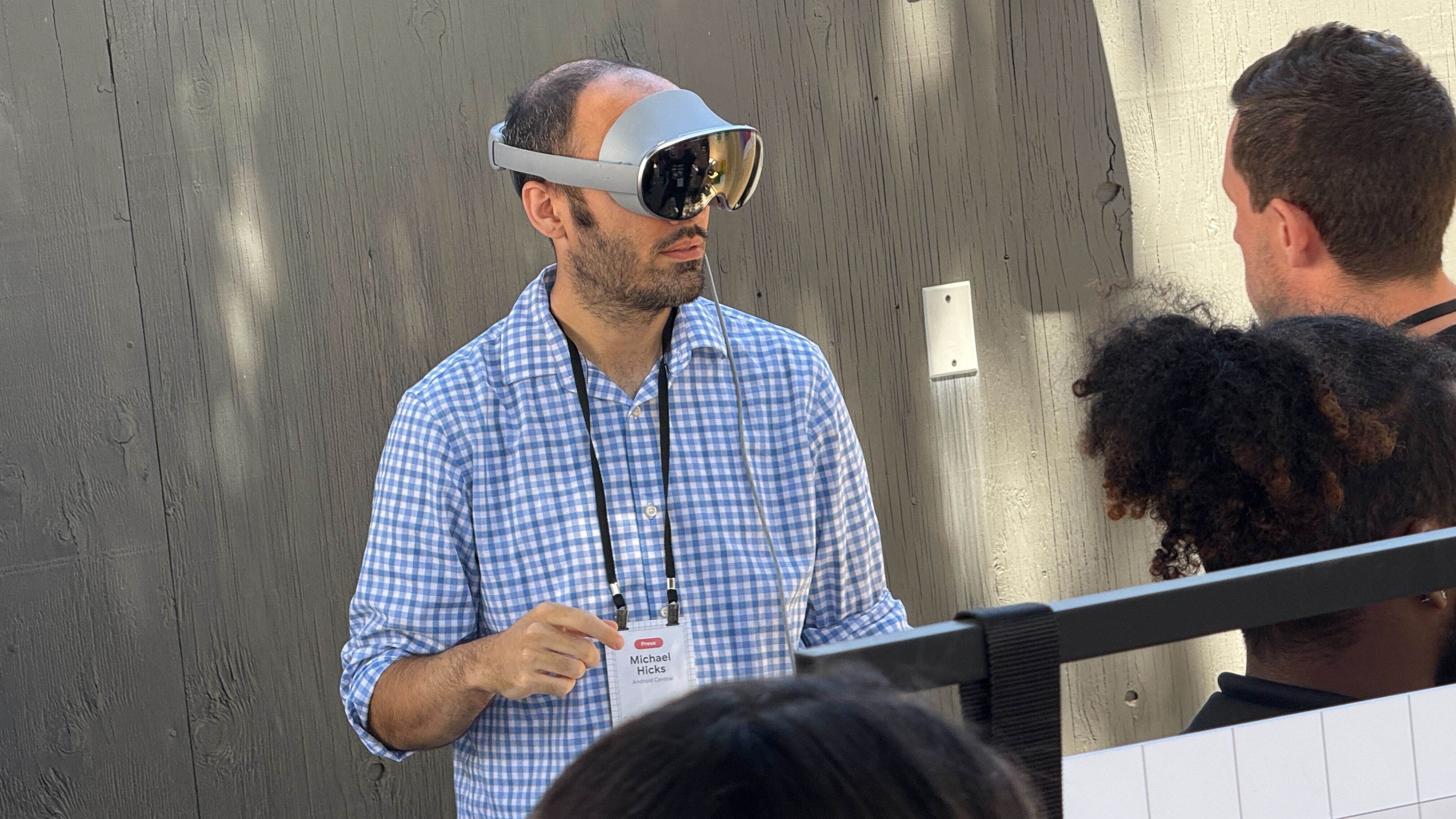
A Google rep borrowed my glasses to check my prescription, then printed some lens inserts and snapped them into my Moohan headset. Then they set me up outdoors next to the AR glasses booth and had me slide on the headset.
I couldn’t tell you the exact weight, but the headset felt well-balanced and securely strapped onto my head, thanks to the back knob.
I then had to slide a power brick into my pocket, with its cord attached to the left of the headset. It’s on the heavy side, but it’s not something you’ll notice once you become immersed, and at least it isn’t tethered to a PC or console in a fixed spot; you can walk anywhere with the headset.
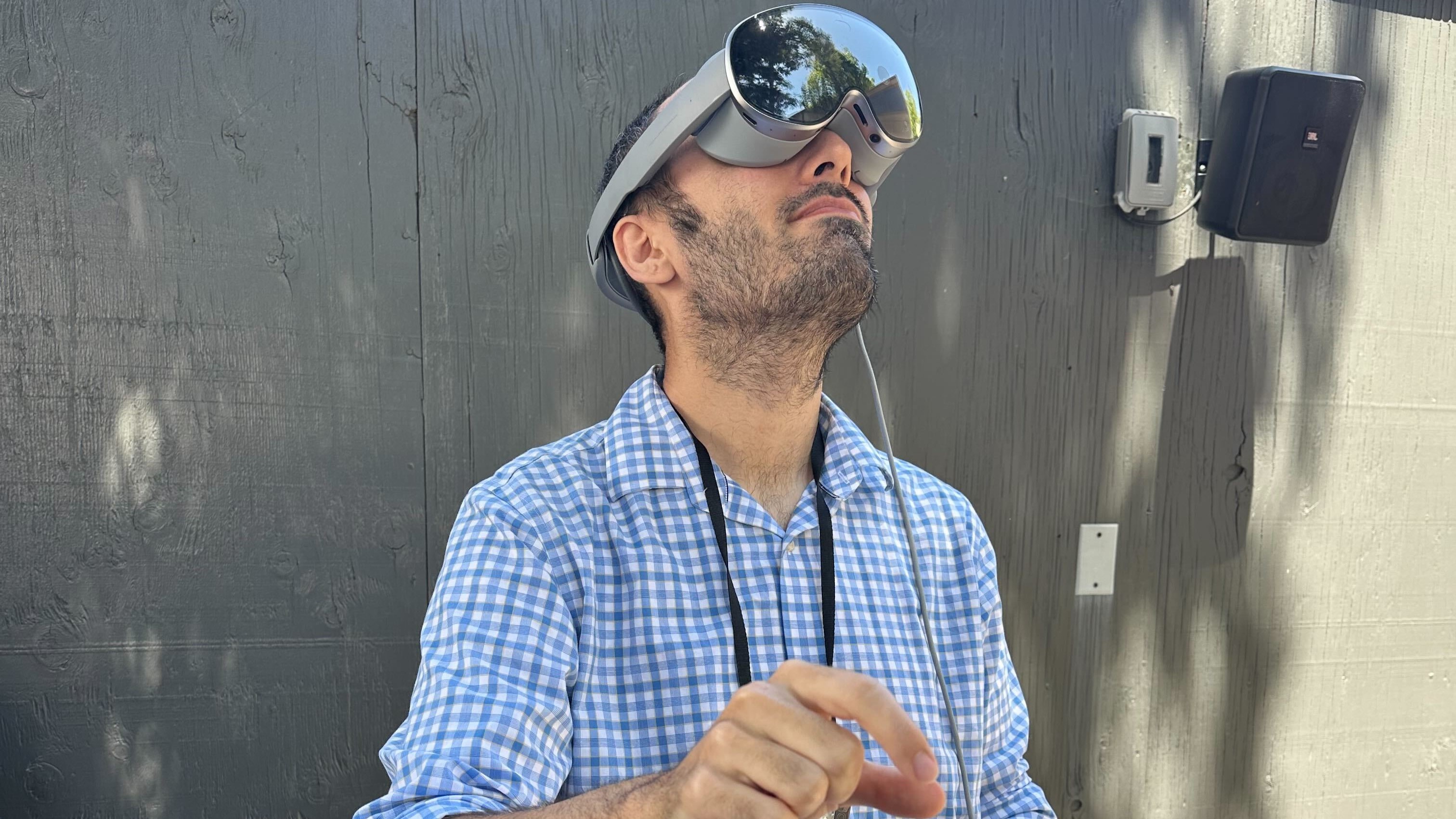
I then progressed through a brief onboarding tutorial. You pinch to select objects both near, grabbing the edge to move a window or the corner to resize it. And you point your palm toward yourself and pinch to pull up the home menu.
As a Quest 3 owner who’s used an Apple Vision Pro, I found the controls completely intuitive and familiar, and I barely had any missed inputs during my demo. My virtual hand outline felt accurate and responsive to my real hand position.
Plus, the full-color camera was both vibrant and clear. The headset defaulted to mixed-reality passthrough, and I could see the journalists in line behind me taking photos of me as I tested out features.
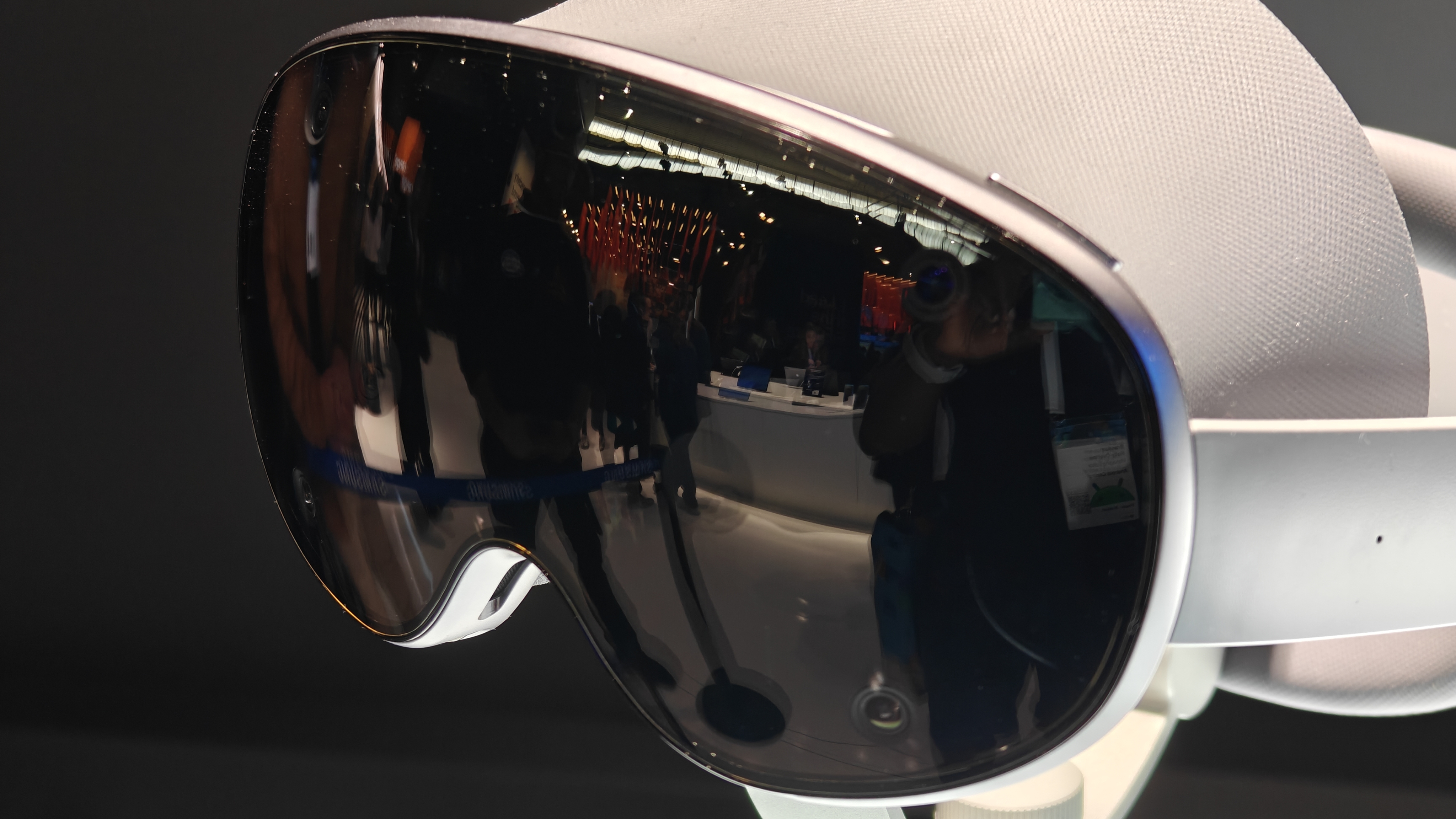
Samsung hasn’t revealed Moohan’s resolution, but the current rumor is that the headset uses Sony 4K micro-OLED displays with 3,552 × 3,840 resolution, 1,000-nit brightness at 20% power, 96% DCI-P3 color gamut, and 90 FPS.
Based on my visual experience, it’s exactly as pixel-dense and colorful as you’d hope for. Some apps (like Maps Street View) can’t live up to the resolution potential and appear a bit blurry, but when I watched 4K nature videos on YouTube, I could sink into the landscapes.
I also watched an immersive 180° video and a normal 2D video enhanced with AI to add 3D depth to certain portions of the video. While Moohan’s hardware is impressive, I wouldn’t be as excited for the headset if it weren’t for unique Android XR tricks like this.
Natural Gemini navigation
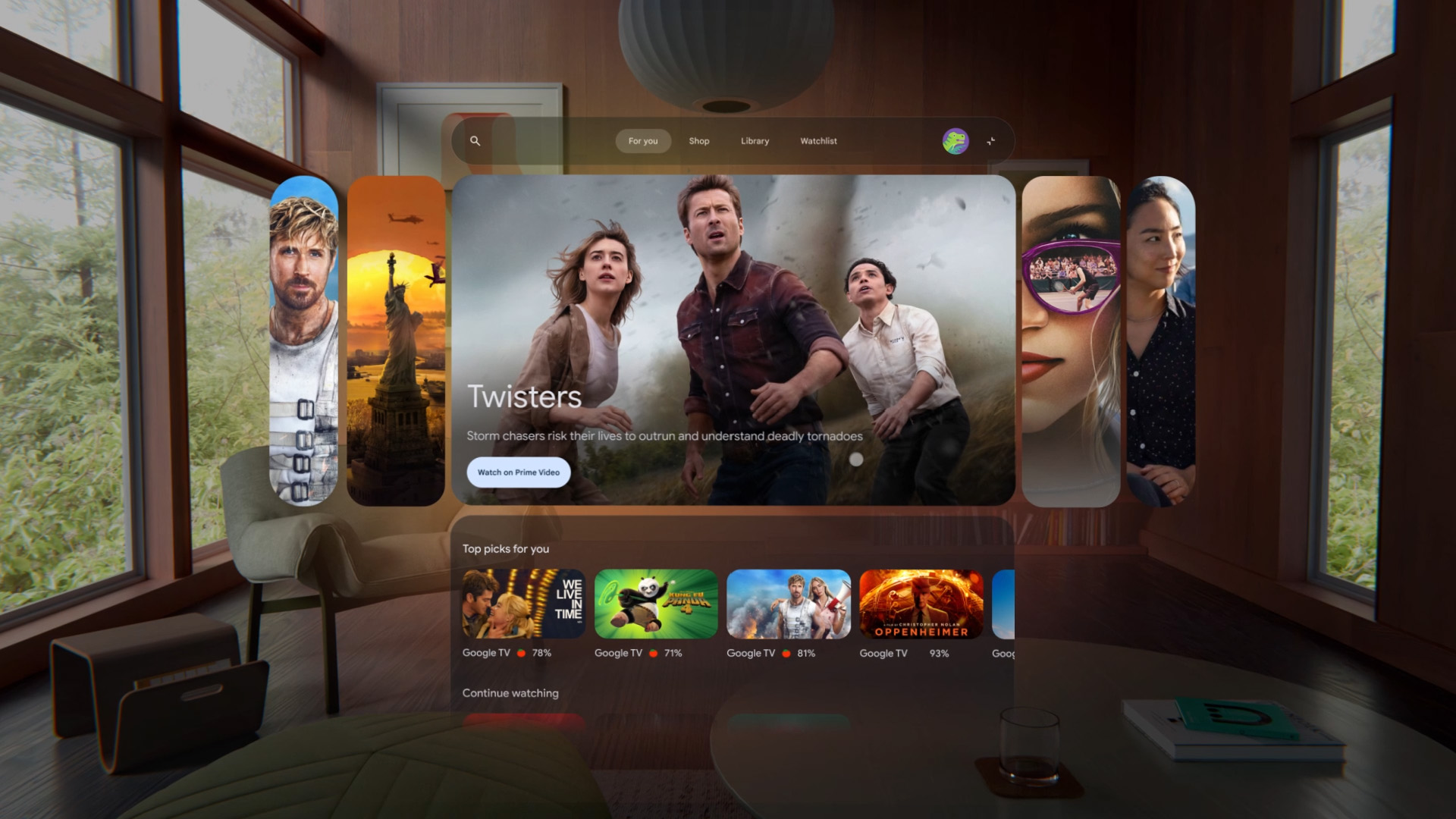
I obviously can’t show you what I saw in-headset, but the screenshots above and below felt like a fairly accurate representation of my experience.
By default, opening any app will bring it front and center as a 2D window. But when I hit the “expand” button in YouTube, it curved the display for a more traditional theater look and added secondary windows on either side with video info, a playlist scroll, and more.
Mostly, though, Samsung and Google are expecting you to let Gemini do the work of opening and navigating through apps for you.
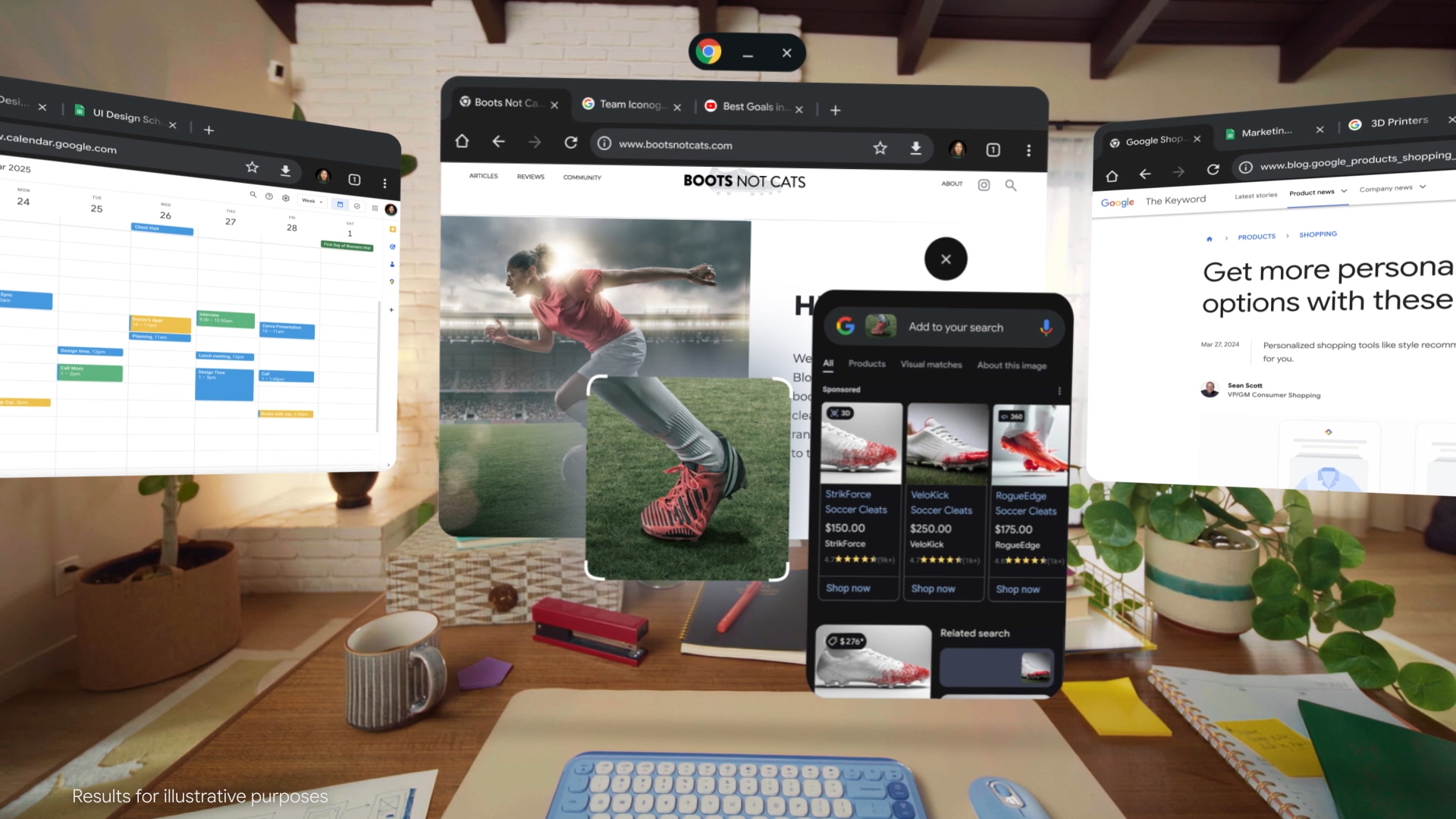
The Google rep had me open Google Maps, where I could use pinch gestures to zoom in or out with minimal lag and smooth scrolling. Moohan’s Snapdragon XR2 Plus Gen 2 chip and RAM must be enough for solid performance.
I found myself in Yosemite, so I asked Gemini what that nearby cliff was. Turned out it was the famous El Capitan, a 3,000-foot-tall granite formation. Gemini asked if I wanted to know more about its geology or its climbing history; I asked how many people had climbed it, and Gemini flattered me by saying it was a “great question.”
While Gemini on glasses has to pass your questions off to your phone, Gemini on Samsung’s headset processes on-device and feels much more responsive as a result. Gemini still has to stall sometimes by saying, “Let me figure that out for you,” but that’s probably better than an awkward silence where you don’t know if Gemini heard you or not.
Only Moohan’s price has me worried
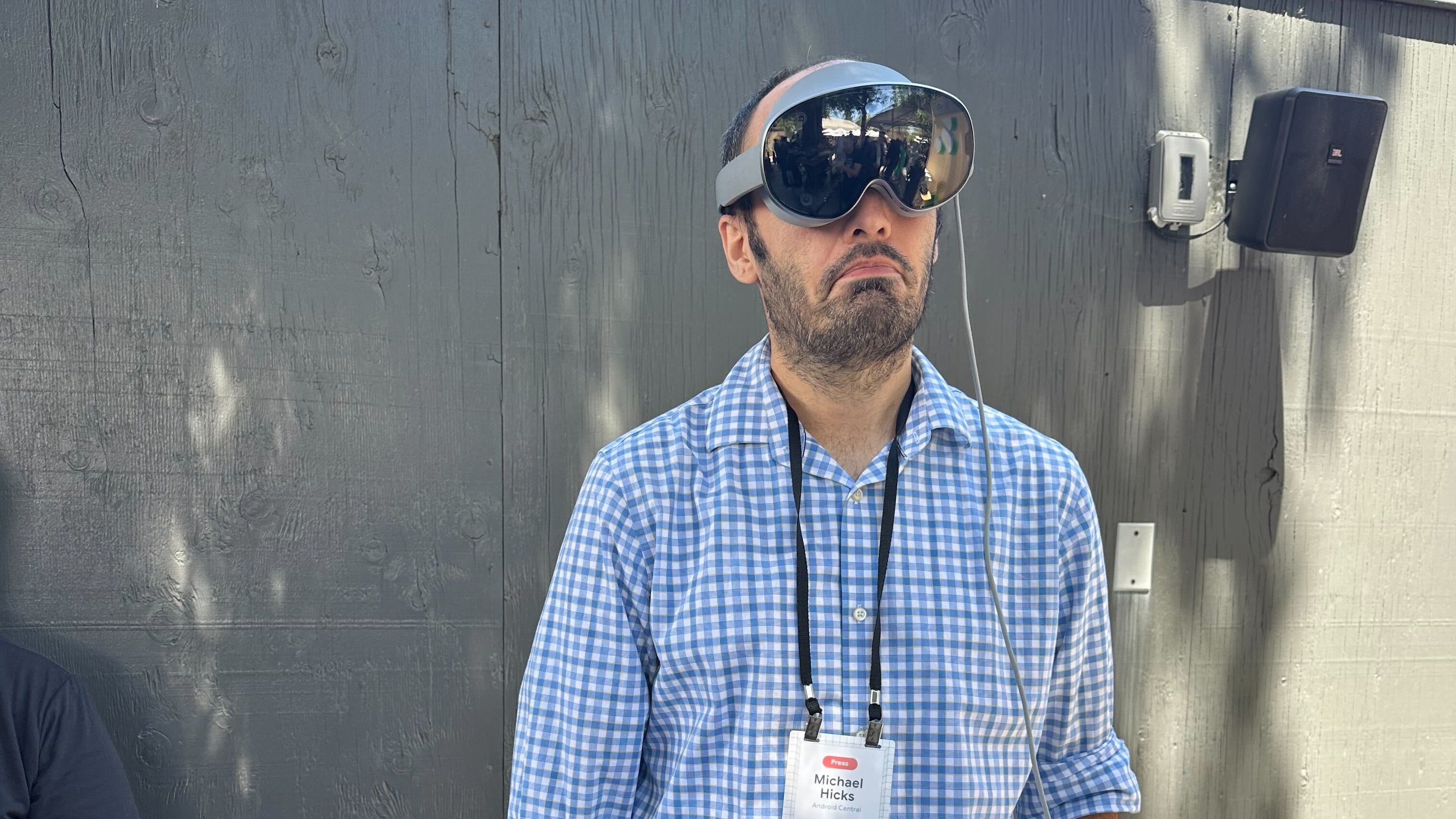
Samsung will officially launch Project Moohan later in 2025, giving developers a few more months to use the new developer preview to make XR apps for the headset.
But this is a premium productivity headset with powerful performance and gorgeous resolution, just like the Apple Vision Pro. I’m sure Samsung will try to undercut Apple’s $3,500 price, but I’d guess it’ll still cost much more than a Quest.
Most of my experience with Moohan focused on casual features, like you’d use while slacking off from work. But I can’t judge from a 15-minute demo whether I’d want to use this as a laptop display (or replacement) for hours every day. That’s a much higher bar to clear, and it makes Moohan more niche.
That being said, if (A) I can afford Samsung Project Moohan, (B) it pairs well with Bluetooth keyboards and mice for work, and (C) it ends up having a decent selection of VR games and streaming apps, then I’d absolutely buy and use Moohan on a regular basis.
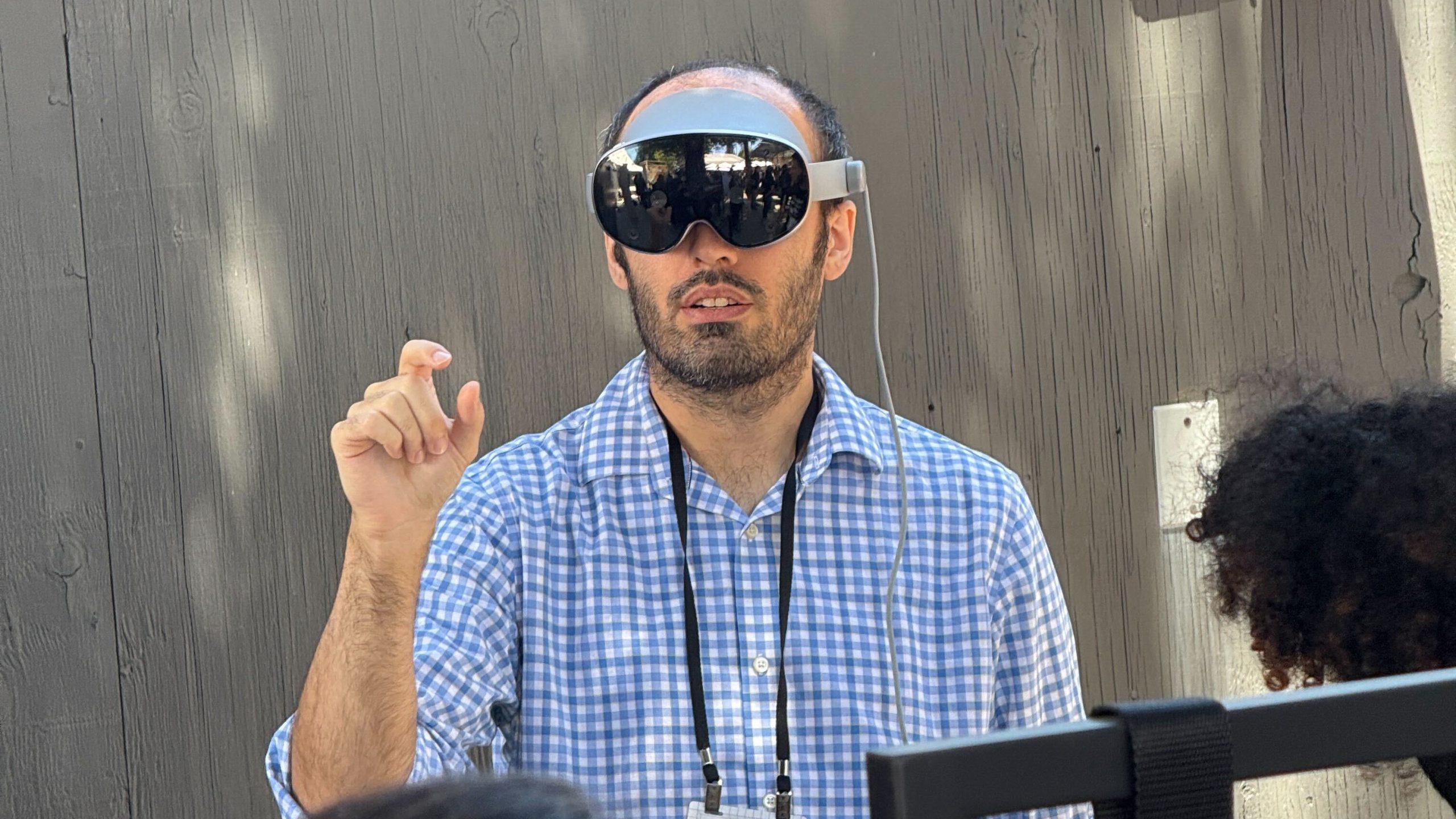
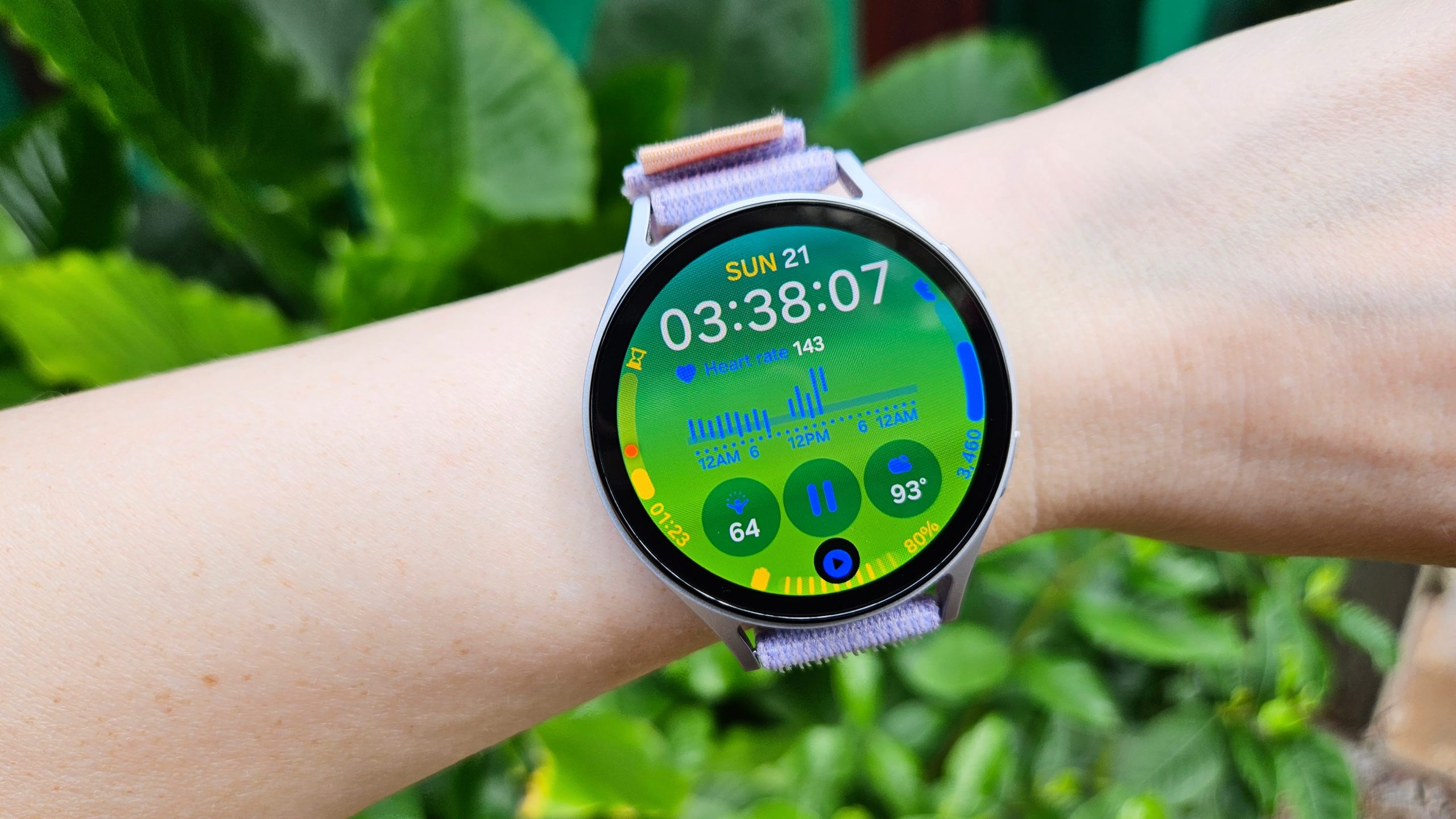
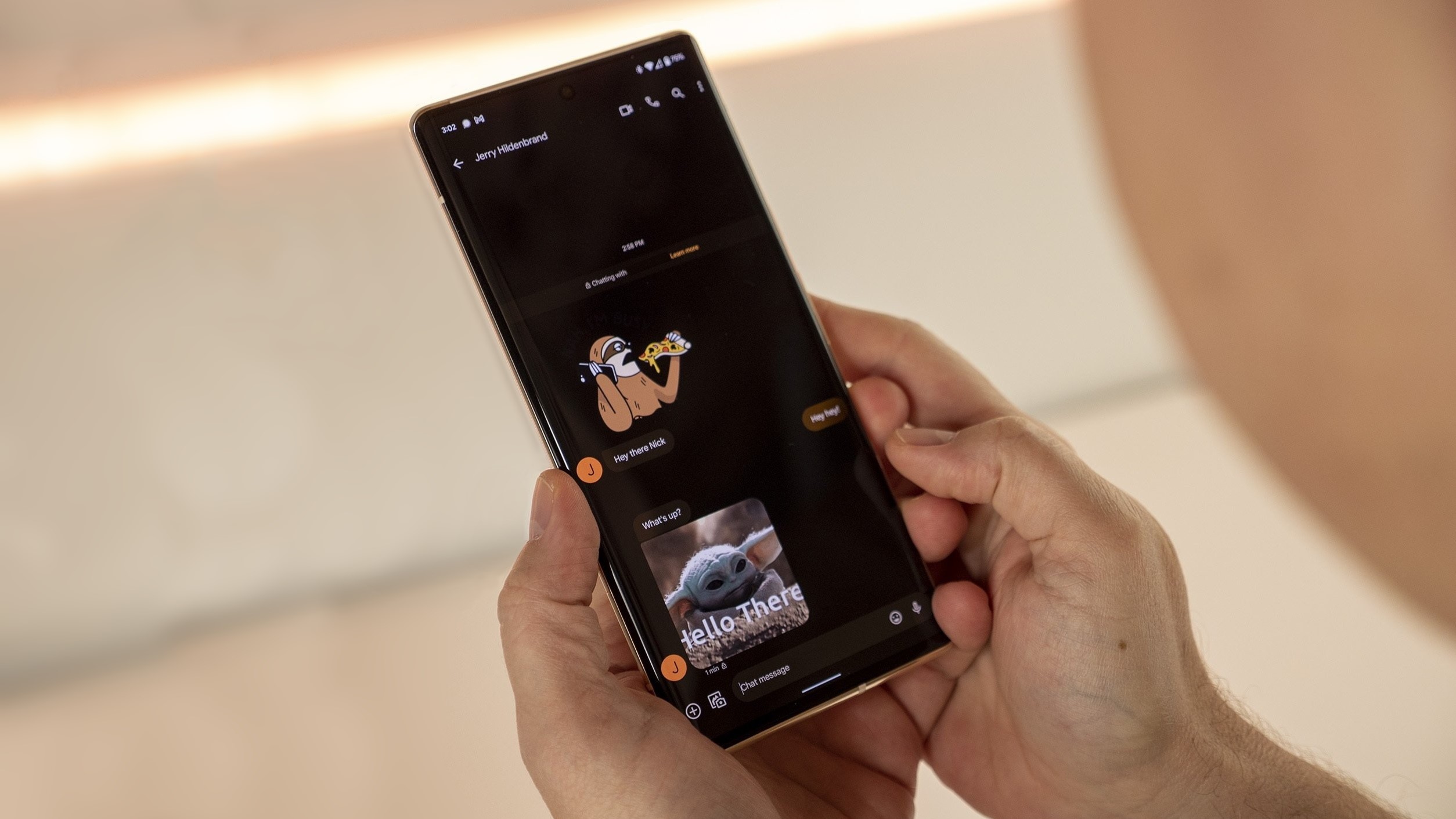
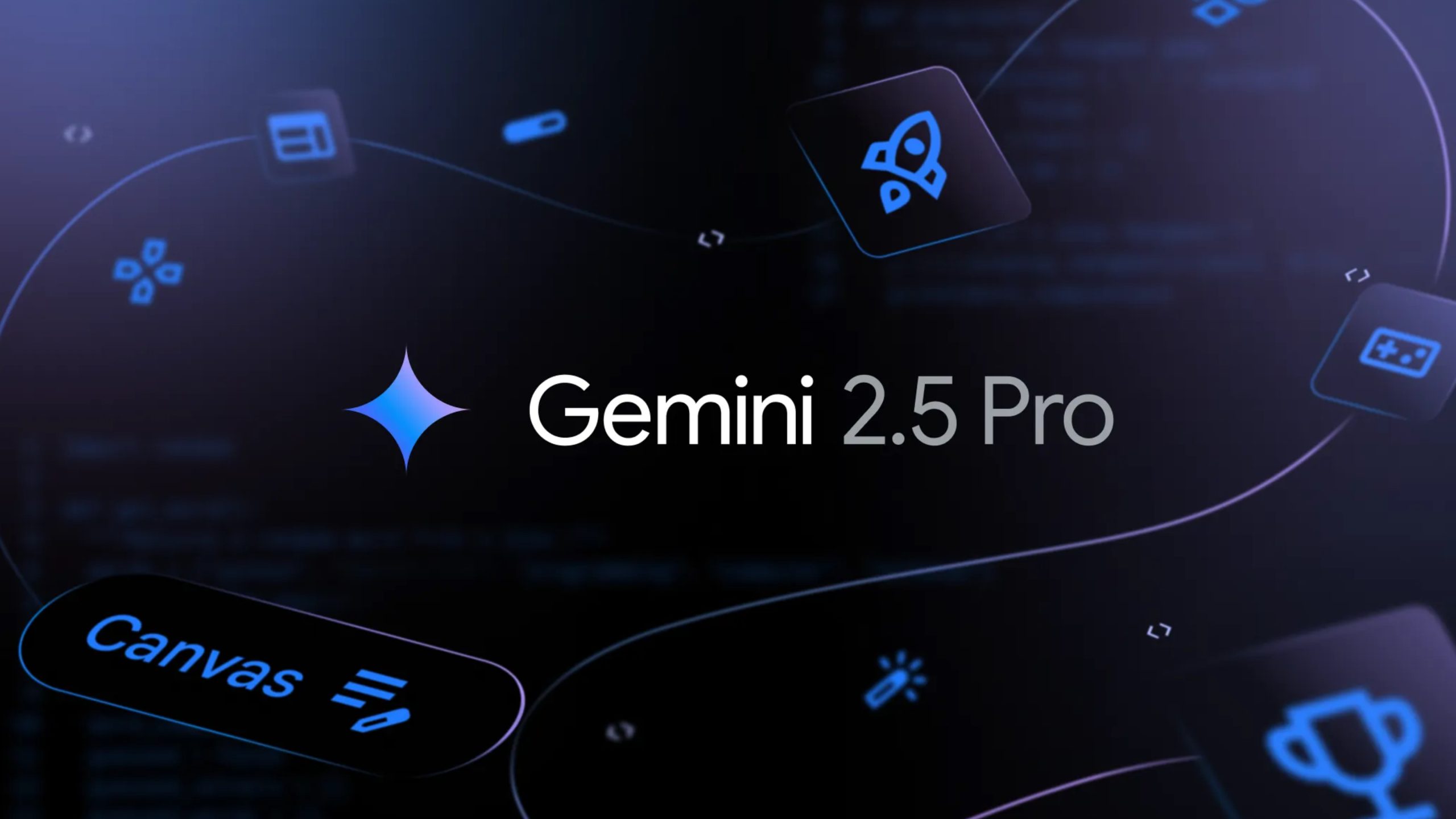
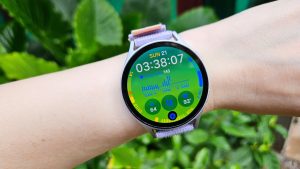


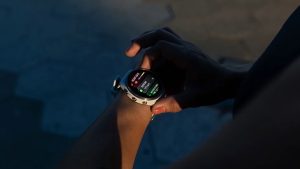
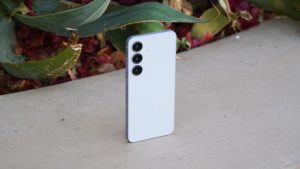
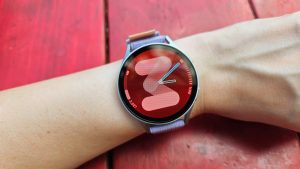

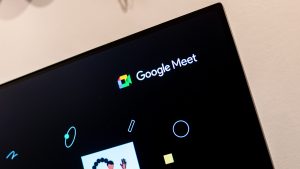
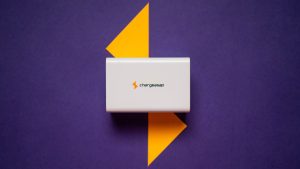
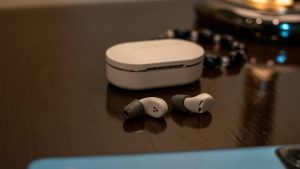
Post Comment